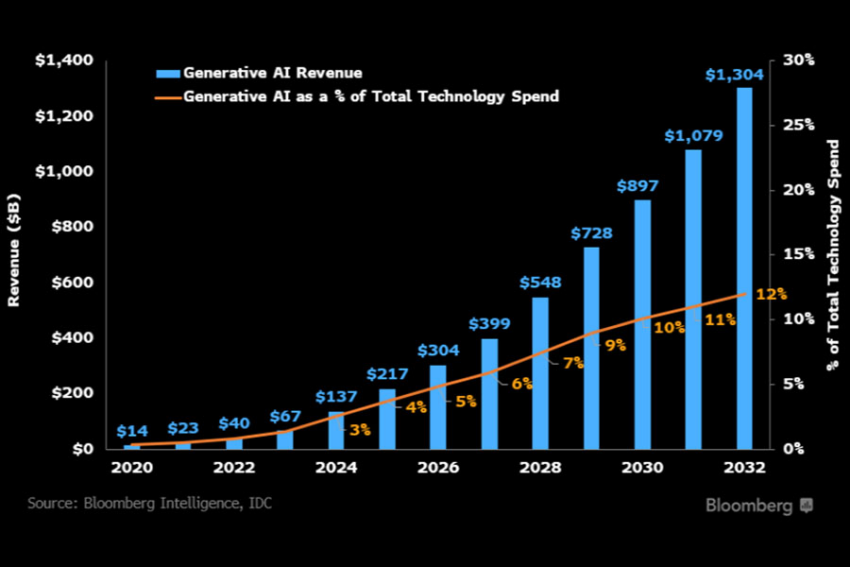YouTube, the video-sharing behemoth, is revolutionizing its approach to generative artificial intelligence (AI) content, sparking debate about ethics and creator responsibility.
This move underscores the platform’s commitment to balancing creative freedom with viewer protection, particularly at the dawn of the AI era.
YouTube Cracks Down on Generative AI Content
Under the latest policy updates, YouTube mandates creators to explicitly disclose the use of AI in crafting videos. This transparency is crucial, especially for content that appears altered or synthetic.
YouTube’s vice presidents for product management, Jennifer Flannery O’Connor and Emily Moxley, emphasize the potential of generative AI, stating:
“Generative AI has the potential to unlock creativity on YouTube and transform the experience for viewers and creators on our platform.”
However, they also highlight the paramount importance of protecting the YouTube community.
The new rules, effective next year, align with Google’s broader policies requiring AI-generated political ads to carry warning labels.

A key aspect of these updates is the focus on sensitive content. O’Connor and Moxley stress the importance of this, particularly for videos discussing “elections, ongoing conflicts, public health crises, or public officials.” In these cases, YouTube will implement prominent warning labels, alerting viewers to the nature of the content.
Read more: Will AI Replace Humans?
New AI Identification Tools
In addition to policy changes, YouTube is deploying AI to identify and address content violations. This proactive measure aims to detect new forms of abuse more effectively, maintaining a safe and authentic platform environment.
The updated privacy complaint process now includes provisions for removing AI-generated videos that simulate identifiable individuals, responding to growing concerns over digital impersonation.
Moreover, YouTube’s AI-driven initiatives extend to improving user experience and content management. The platform is experimenting with AI tools to break down long-form video comments into manageable themes, offering users enhanced control over their viewing experience.
These experimental features are currently in limited release. They reflect YouTube’s commitment to evolving its platform in response to user feedback and technological advancements.
In adherence to the Trust Project guidelines, BeInCrypto is committed to unbiased, transparent reporting. This news article aims to provide accurate, timely information. However, readers are advised to verify facts independently and consult with a professional before making any decisions based on this content.
This article was initially compiled by an advanced AI, engineered to extract, analyze, and organize information from a broad array of sources. It operates devoid of personal beliefs, emotions, or biases, providing data-centric content. To ensure its relevance, accuracy, and adherence to BeInCrypto’s editorial standards, a human editor meticulously reviewed, edited, and approved the article for publication.

